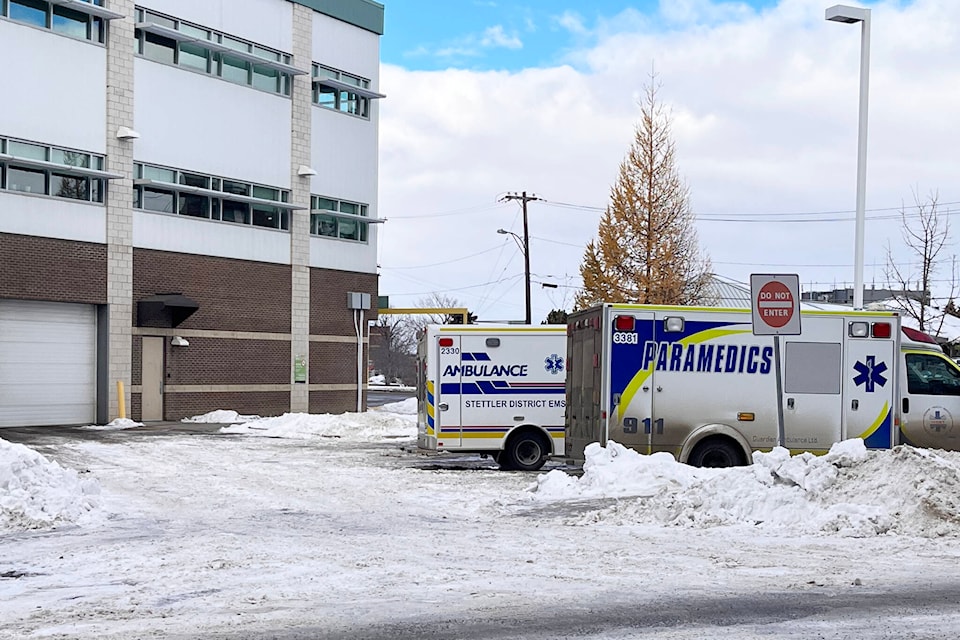The province has announced an alternative transportation program for non-medical patient transfers so ambulances and paramedics can respond to more urgent calls.
The program, already piloted in Calgary, Bonnyville, Valleyview, Athabasca and St. Paul for six months, is expected to divert 15 per cent of patient transports away from emergency medical services (EMS) so they can respond to about 70 more transports per day once the program is implemented across Alberta.
The move is being made to improve EMS response times and open up acute care beds more quickly for Albertans waiting in the emergency department.
Curtis Schaefer, assistant deputy chief with Red Deer Emergency Services, said it should help with hospital wait times.
He said alternative transportation has been around for a while in Red Deer, but not specifically to move patients out of hospital on a more regular basis.
“Any step is a positive step, and I think this is an important one to help move patients in and out of the hospital without using frontline emergency ambulances to do it,” Schaefer said.
“In a system as busy and at capacity on a regular basis, this can only help us.”
Related:
EMS crews were busy this week working behind the scenes at Red Deer hospital
Alternative transportation, for things like transporting patients home, will include community shuttles, wheelchair-accessible taxis and other locally available options. Each zone will have a list of providers that would be available to all hospitals.
Health-care staff and physicians will use provincial guidelines and clinical judgment to determine if a patient is able to use alternative transportation options.
Alberta Health Services (AHS) will cover the cost of transportation for patients who are financially unable to do so.
Health Minister Jason Copping said the normal process now is for individuals to pay for non-medical transport and it’s important that cost is not a barrier.
Related:
Red Deer city council grapples over how to afford enough new EMS workers to fill local demand
NDP health critic David Shepherd said the UCP government is looking to further privatize the health care system by reaching out to private contractors to provide alternate transportation. One of the UCP’s first steps to improve the EMS system is based on Albertans paying out of pocket.
“It’s a disturbing trend for this government and one I think we need to watch closely,” Shepherd said.
He called the UCP’s response to the EMS crisis “grossly inadequate” and did not address the significant staffing shortage throughout the health system, including paramedics and emergency room staff.
Shepherd said the government has completely ignored the issues paramedics want addressed: getting off shift on time, offering full-time positions to part-time and casual paramedics, and more harm reduction services to reduce the number of overdose calls for ambulances.
“The bottom line is we do not have enough paramedics. To recruit and retain more paramedics we need to treat the ones we have better.”
szielinski@reddeeradvocate.com
Like us on Facebook and follow us on Twitter
